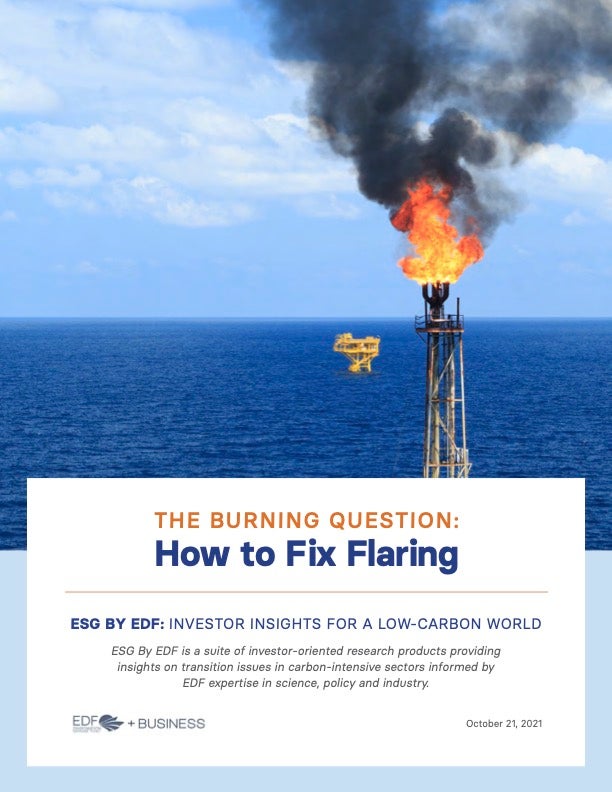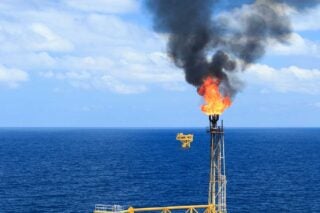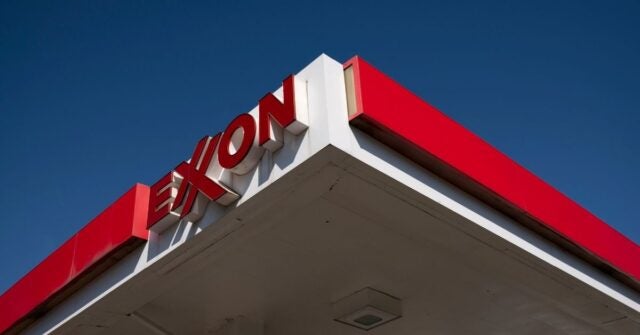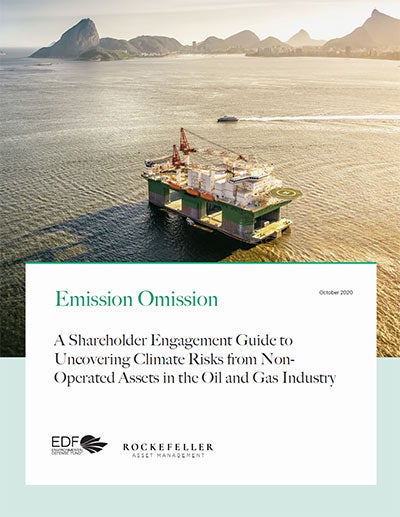- Resources
- The burning question: How to fix flaring
Resources
The burning question: How to fix flaring
Published: March 3, 2022 by Andrew Howell, CFA, Dominic Watson, Andrew Baxter, Gabriel Malek
Quick take
- Addressing flaring is in industry’s interest. The practice is a “black eye” for oil and gas – a visible display of pollution and waste that erodes public support.
- Flaring is affordable to fix. In many cases, flaring can be reduced or eliminated at reasonable cost by integrating flaring abatement into management strategy and processes.
- Companies should eliminate routine flaring. We propose commitments for all operators, including zero routine flaring by 2030 at the latest, zero tolerance for unlit flares, and transparent planning and policy advocacy.
- Disclosure supports accountability. Company-level information on absolute flaring volumes, flaring intensity, and routine flaring levels is necessary to track progress.
Company performance
We reviewed the flaring intensities, commitments and disclosures of 20 large oil and gas producers, and found they vary considerably across the industry. Many companies have endorsed the World Bank’s Zero Routine Flaring by 2030 initiative (ZRF30), or else made a similar pledge. However, in many cases these commitments are not backed by concrete plans to achieve them, nor by disclosures that allow an outside assessment of progress. Investors have good reason to press companies for better performance and transparency on flaring.
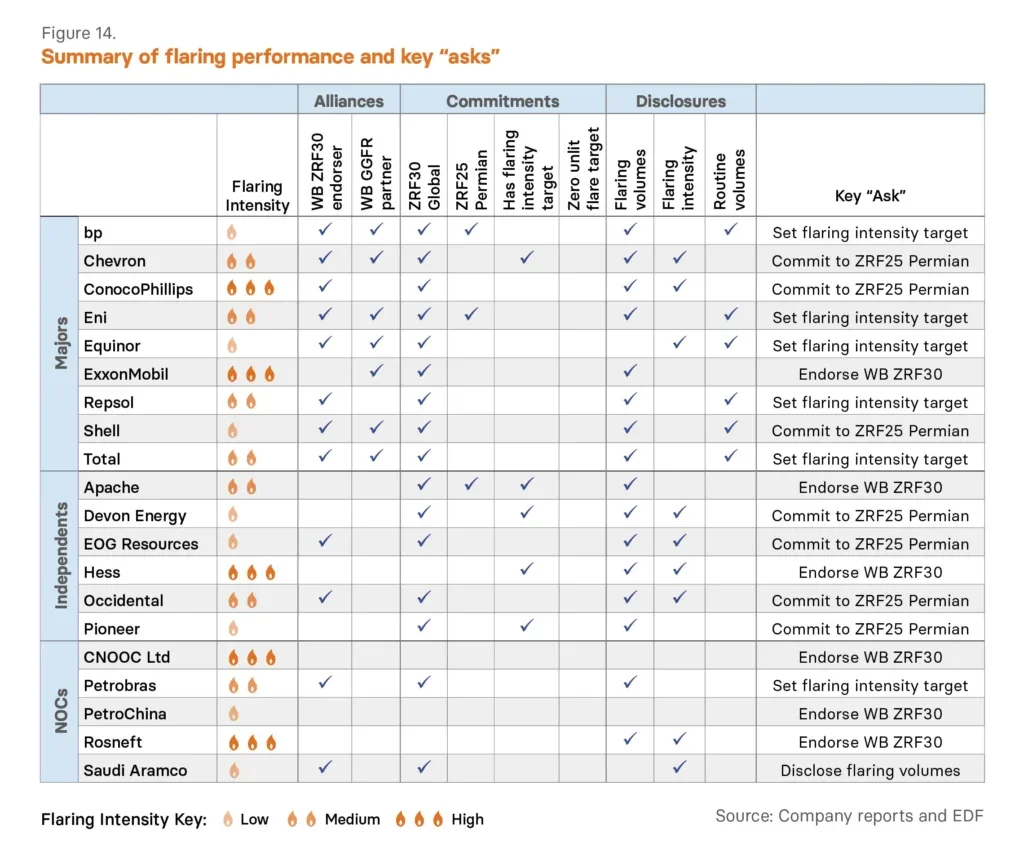
What investors should ask for on flaring
Commitments
- Policy engagement: Advocate for government policies to reduce flaring and minimize flare malfunctions.
- Zero Routine Flaring by 2030: Eliminate routine flaring by 2030, or by 2025 for operations in the U.S. Permian Basin.
- Overall flaring intensity target: Set overall flaring intensity targets, starting with an intensity goal of 1% of gas produced.
- Zero tolerance for unlit flares: Institute flare minimization and management policies to ensure that flares remain lit and functional.
Disclosures
- Absolute flaring volume: Disclose the quantity of gas flared and CO2 equivalent
- Flaring intensity: Report flaring intensity as volume of gas flared/volume of gas produced and CO2e emitted/BOE produced.
- Routine flaring volume: Include routine flaring volumes in sustainability reporting.
The burning question: How to fix flaring
Natural gas flaring is a major source of air pollution from the oil and gas sector, and a significant barrier to investors’ net zero goals. Fortunately, it’s largely avoidable.
